A Guide for Immortal Design: Dr. Martens
|Lucy Broome
Fashion cycles are often analyzed within two notions: secular trends that span decades, centuries even, and short cycles that only last several months to a year. Dr. Martens sits outside of this. The brand transcends trends, which usually function as a governing modus operandi.
Though Dr. Martens has a panache for considered collaboration, as seen in the success of their Icons Campaign, the British boot makes one thing clear: the O.G. reigns supreme. The preservation of the brand’s heritage and essential design codes is one of the main prerogatives of Global Creative Director Darren McKoy. A life-time wearer of Dr. Martens himself, the roots of both McKoy and Dr. Martens are planted firmly in England, where the brand’s iconic Northamptonshire factory has produced countless pairs of shoes for more than half a century.
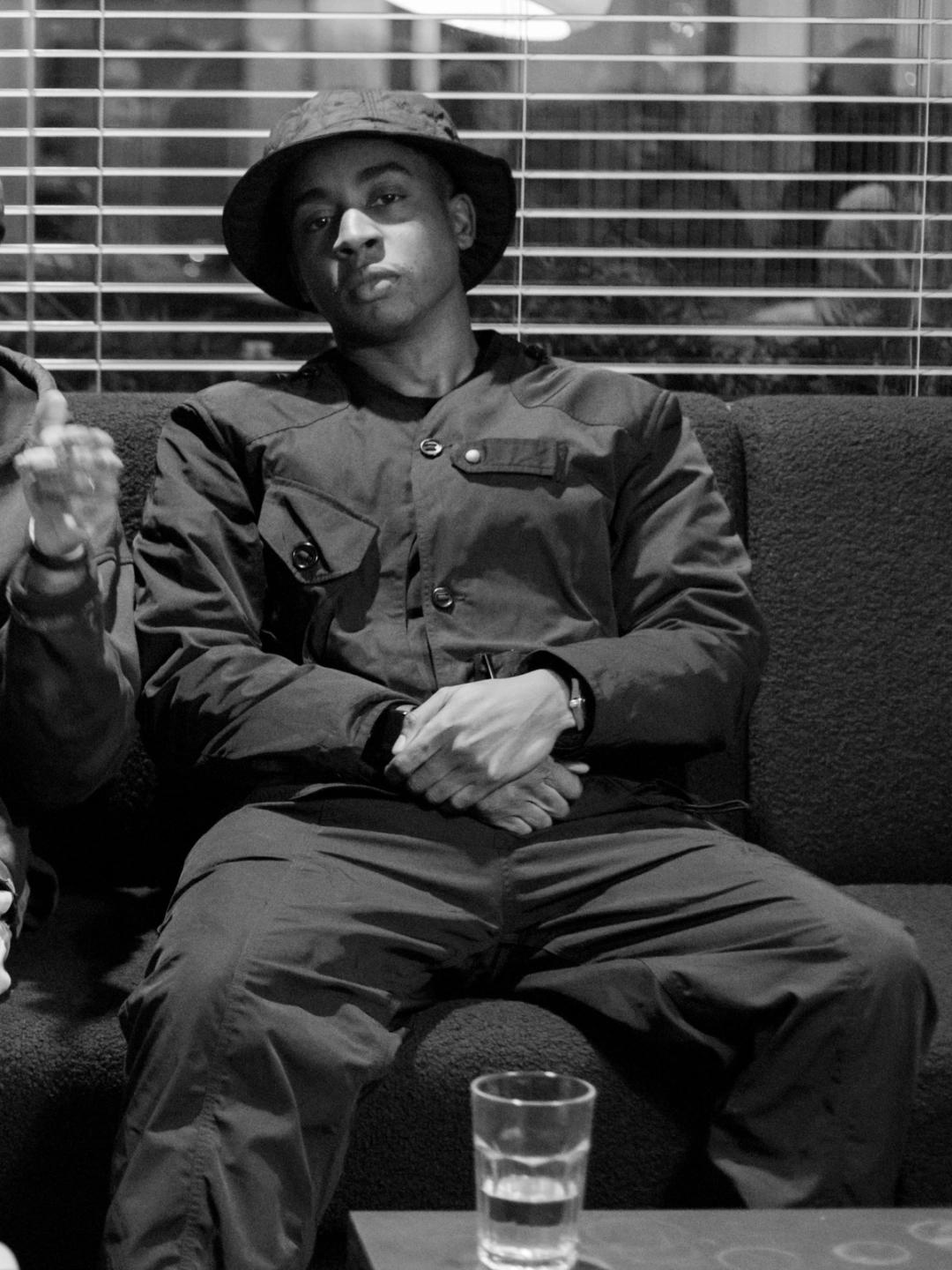
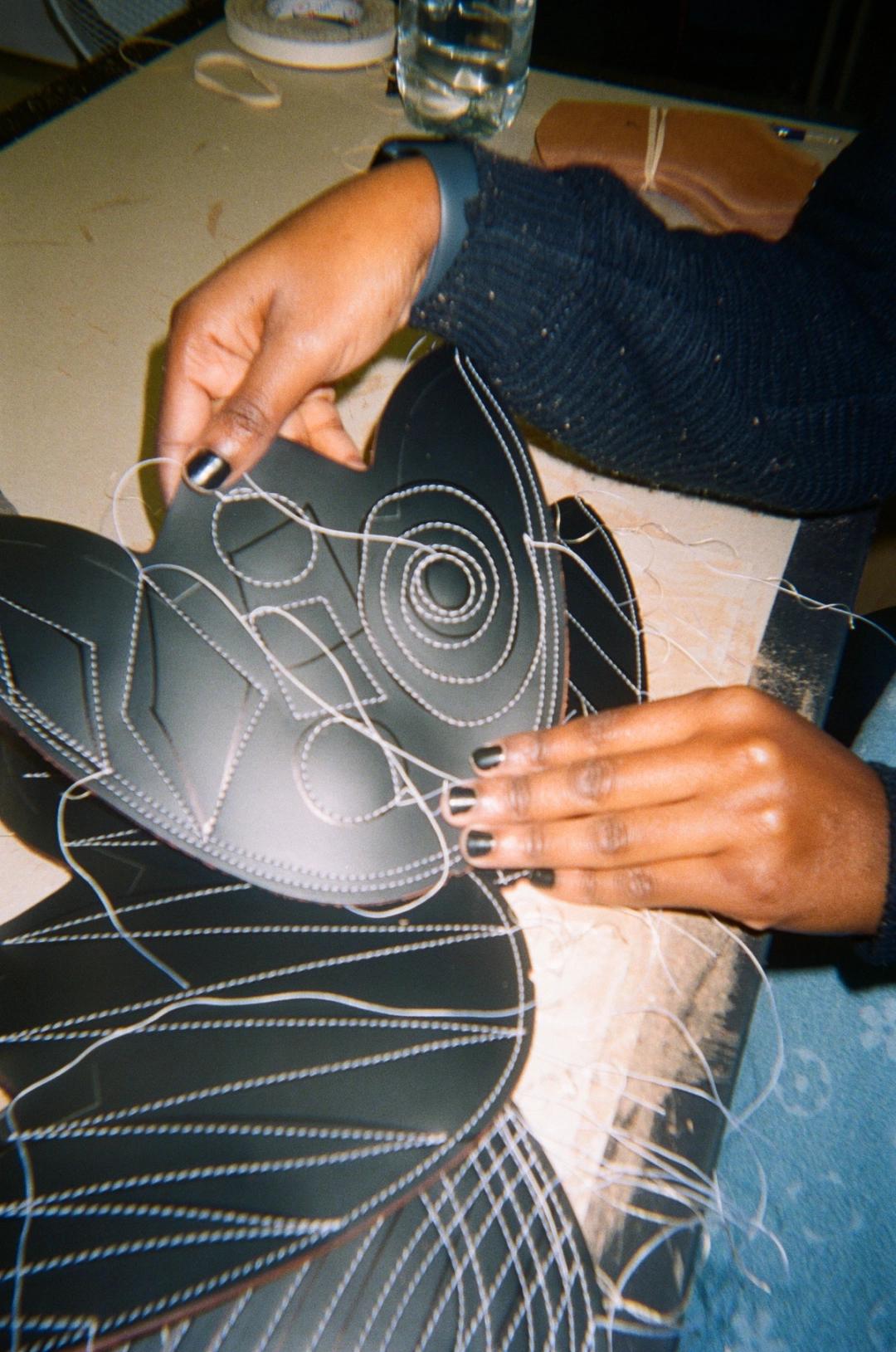
LUCY BROOME: You’re from Sheffield, so the obvious question to ask is: are you a Blades or Owls fan?
DARREN MCKOY: I’m a Wednesday fan, an Owl through and through.
LB: Your initial interest in footwear design came from football shoes. Back in the day, would you have considered yourself a football casual?
DM: I didn’t ever consider myself a football casual, but I love the aesthetic. I appreciate it, especially coming from the North of England; it’s an important thing. I was into tracksuits, and I’d wear little Adidas and Nike tracksuits, football kits, and that kind of stuff. That was more me, but I do appreciate football casual wear. Part of it is also looking to one of the brands I used to work for many years ago, Adidas Originals. So, it’s a big part of my history.
LB: What was your journey through the ranks of Dr. Martens like? What was your first role?
DM: My first role was looking after men’s footwear from a merchandising product perspective. That was looking after all the product categories for the brand. After doing that for a couple of years, I moved into becoming a product director, which was around five years ago. There, I oversaw all product merchandising, all global collaborations and alignment with the chief product officer. And, as you already noticed, I became the creative director of the business about a year ago.
LB: Do you consider yourself a revivalist?
DM: Yes, a little bit. In most organizations that I’ve been in, especially the last two, I wanted to look at how I can take from the past and move it forward. Same at Dr. Martens, where we repurpose and rethink our heritage codes on a daily. So, from that perspective, I would say yes.
LB: Dr. Martens are often associated with rebellion — I got sent home for wearing them back when I was in school once. Do you consider yourself to be rebellious?
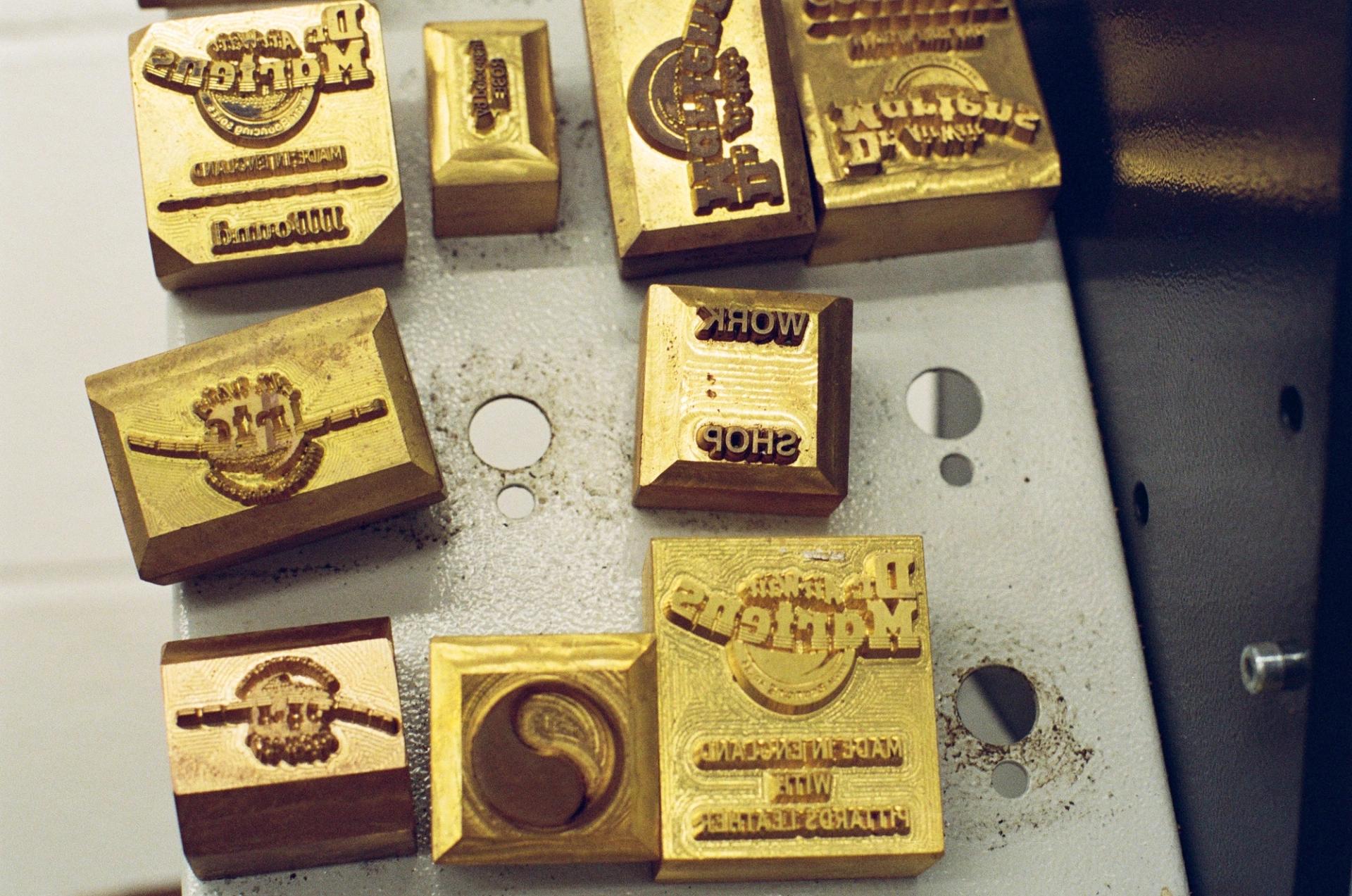
DM: I’ve never been sent home from school for wearing them, even though they were my school shoe. My sense of rebellion is about my attitude. My attitude as a young creative, working with a young diverse team of people to continue to empower others to think outside of the box and encourage people to look at the fact that you can be different, but you can also be purposeful. So, that’s my element of rebellion.
LB: Back to your extensive work in the realm of sports shoes, how does this translate into your design ethos at Dr. Martens? I’m especially curious given your recent collaborations with Samuel Ross.
DM: It’s irrespective of being a sports shoe or, say, a workwear shoe. As I said before, it’s more about cherishing a brand legacy, respecting core values and the creative teams I work with. You have to understand and pay homage to the past of any brand for them to move forward. Samuel Ross is a good friend of mine, and the very principle of what we create and how we create is built in understanding a brand’s DNA. Only then can you extend it into the future and get people new in. It’s not necessarily about the specific sports shoe or brown shoe or whatever shoe; it’s about how you translate the history of the brand and keep it relevant for today’s consumers.
LB: As you mention understanding brands’ DNAs, let’s dive into recent Dr. Martens collaborations for a second. Samuel Ross’s brand A-COLD-WALL* defines their clothing as forms of social architecture. Similarly, Engineered Garments situates itself in the more utilitarian design sphere; “straying from ‘perfect design,’ designed but engineered.” How did you interpret these design ideologies for those partnerships?
DM: Many of the partners that we’ve worked with across the years had had a connection to Dr. Martens before they had their brands, so there’s always an authentic connectivity that brings to life exciting projects that we continue to celebrate today. What we allow our collaboration partners to do is join us on our journey. We give them the opportunity to reinterpret certain aspects of the brand’s DNA to create new stories. What we’ve done with the likes of Engineered Garments over the years — a great brand that we continue to work with — is let them take our original 1461 and give it their own little spin, as they always treat it with respect. They’re the masters of that, as are Comme des Garçons, another partner we worked with in the past. The results always look like a Dr. Martens product, just through the lens of their brand. That is the trick of collaborations: allowing others to play and pay homage and respect to the DNA without bastardizing it.
LB: Recently, you’ve had a second collaboration with Rick Owens. How do Dr. Martens see themselves within the high fashion sphere?
DM: We don’t see ourselves in fashion. We’re a brand that is beyond looking at trends. We’ve been here for many, many years, and the brand has continued to be the brand through the lens of the 1460s, first and foremost. The great thing about the partners that we work with is that they may be in high fashion, they may be in streetwear, they may be in skating, but ultimately, we work with people that share the same principles and philosophies. Whether that’s through the alternative lens, through a music lens, or some form of fashion lens, we let them reinterpret that story. We don’t see ourselves as a fashion brand — we’re adopted by fashion.
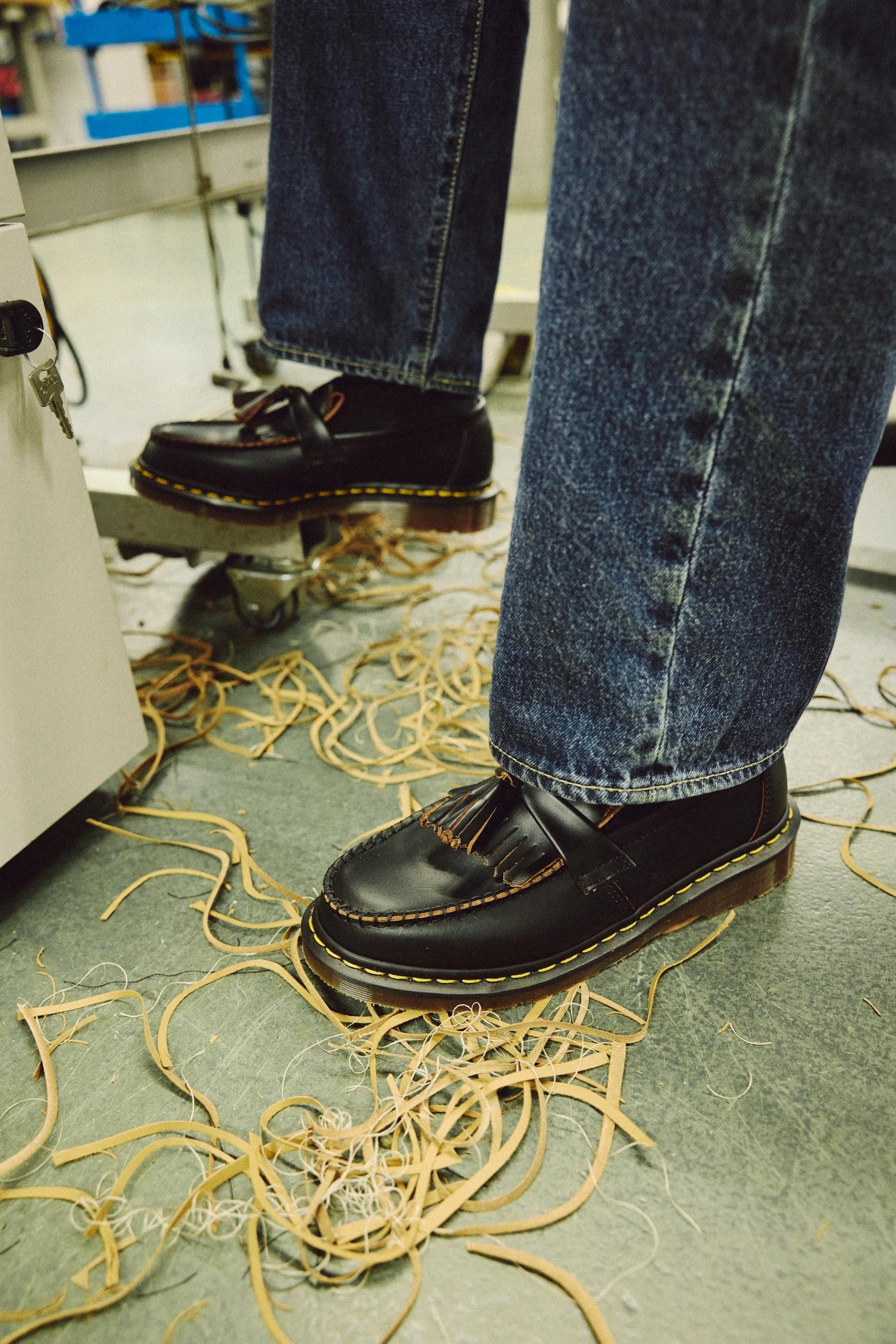
LB: When collaborating with these designers, how much creative leverage do you give them?
DM: Before we onboard any of those partners, we have a debriefing to make sure the principles and values are the same. Pretty much all the partners that we’ve worked with come from a similar realm. In terms of flexibility, there’s quite a lot. Because we work with partners that respect the brand and whose brand we, in return, respect, it’s always mutual. So, it tends to be 50/50 — we give a little bit, they give a little bit. But the fundamental premise of the product is to feel like a Dr. Martens product first, just with the partner’s unique spin.
LB: Dr. Martens still offers products manufactured in the Northamptonshire factory where the first pair of boots rolled off the production line 63 years ago. Why do you maintain the production in the factory? What does it mean to the brand?
DM: The Cobbs Lane factory in Northamptonshire is the heart of the brand. There are people who have been working in that factory for 30, 40, even 50 years. The knowledge of the brand’s evolution, the brand’s tough moments, and the brand’s good moments — it’s all within those buildings. So, if we want to live by our values, it’s imperative for the brand to sustain every aspect of the factory as well as the Made in England collection. That is to honor trusted craftsmanship and pay homage to the last 63 years of our brand.
From a creative point of view, with the Made in England line we continue to push our heritage forward through elevated storytelling while simultaneously going back to the brand’s roots. It’s about being able to pinpoint moments of interest in design influence that continue to stimulate the brand long-term. It’s somewhere that a part of my team sits, and we make sure we go there as much as possible to talk to people and understand what we can do better and how we develop to relook and rethink.
The Made in England range is going to become even more important for us long-term. It’s something that we want to make sure is pushed into the future. And it’s something we will continue building an interesting story around. Northamptonshire, in essence, is the whole heartbeat of UK footwear making — so we have to be part of that story.
LB: With fashion week/month ahead and upon us can we expect to see any Dr. Martens on the runway and in upcoming shows?
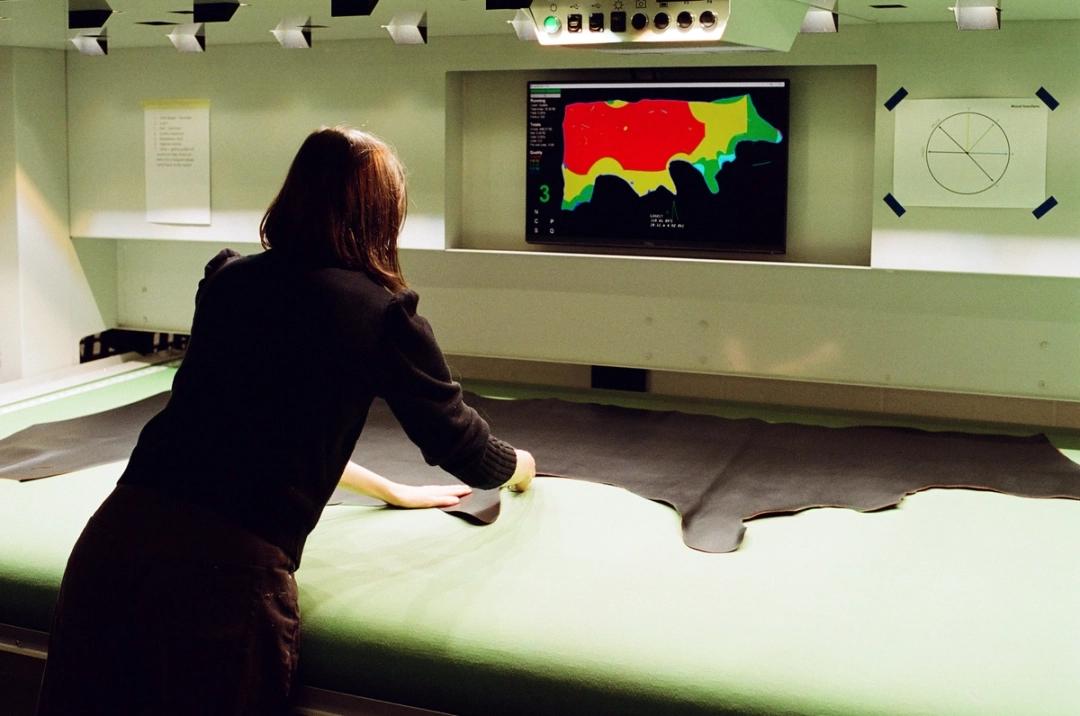
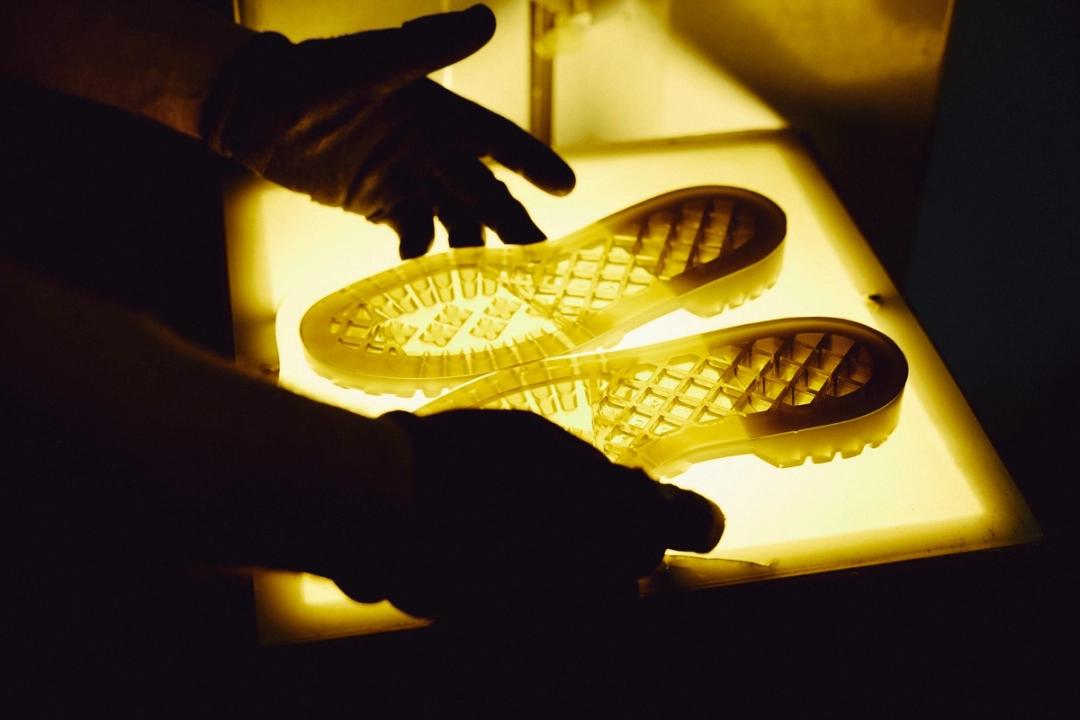
DM: We will always support up-and-coming talent. Of course, shows are important for us, and we’ll have some of our products on the catwalk. When we do, it’s really about the designers’ brands; we’re just part of the journey with them. But we also foster young creators and makers ourselves. Our Northamptonshire factory offers an excellent apprenticeship program for talents to develop their craft, learn traditional shoemaking as well as alternative footwear constructions. In the end, whether the creatives we support already have a brand or are just starting school, we want to show our support wherever we can.
LB: Is there a tension between a brand that’s so heavily associated with various subcultures and the expansion of that brand into high fashion and broader commercial arenas?
DM: Subculture continues to evolve, it’s always in flux. All of the subcultures that have gone before, their attitudes have been about a moment in time. They’re tied to youth culture, which itself continuously shifts through multiple lenses of different perspectives — it’s morphing and consistently moving into new spaces. Of course, there’s an opportunity for us to have commercial output and moments of high fashion impact. But fundamentally, we design products for people, and people adopt that product if they see fit. It’s as simple as that.
LB: Staying on the topic of subcultures and moving forward: nowadays, they are increasingly anchored by online communities. How does Dr. Martens engage in response to these digital subcultures? Are you seeking to be adopted by online cultures?
DM: We are aware, as I said before, but now you can look at it through two lenses. One is obviously product design: you look at new subcultures and new wearing occasions, and there’s constantly some form of revival, whether it be punk or whatever it is. That’s an element that continues to evolve on TikTok, Instagram, etc. Of course, we’re aware of that, and a lot of our designers and people within the brand are connected to those communities. What we’re trying to do as a brand, however, is make sure that when we show up and we're involved in these communities or digital cultures, we have something to say that’s relevant. We don’t chase things. We don’t engage for the sake of engaging; we engage when it’s the right conversation to have.
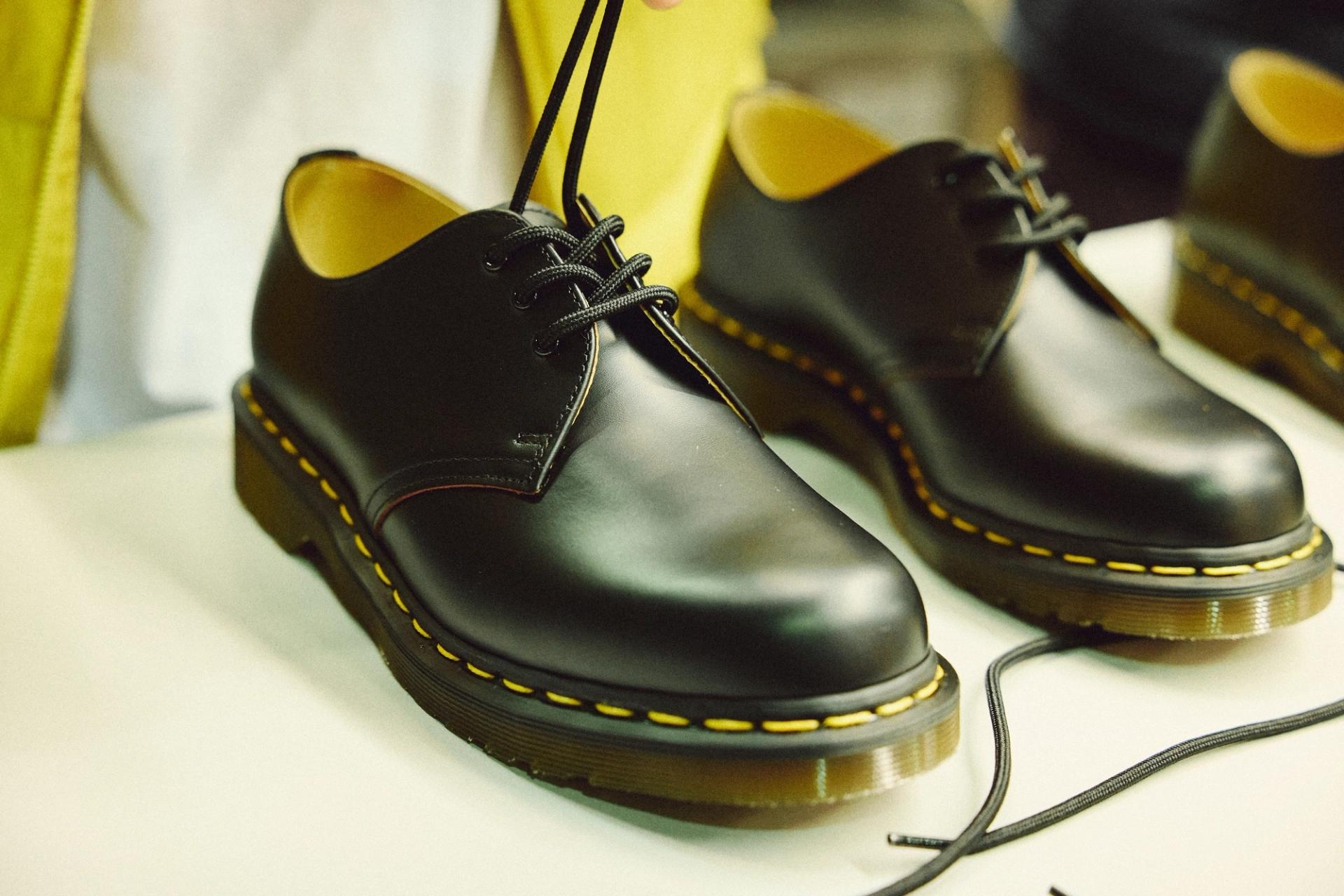
Credits
- Text: Lucy Broome
Related Content
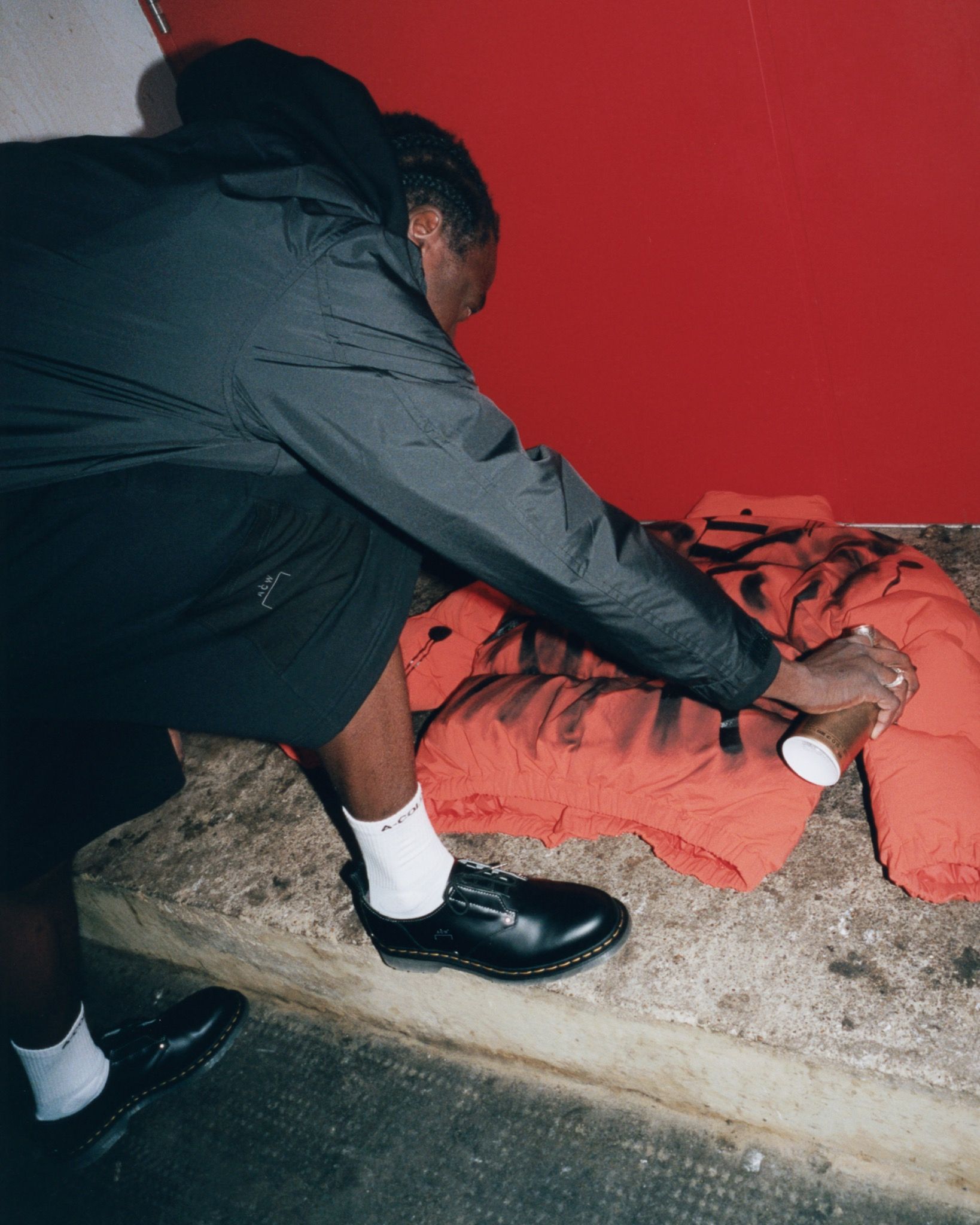
The Cold and the Beautiful: SAMUEL ROSS Reinforces UK Brutalism with the ACW* x DR. MARTENS 1461 Work Shoe
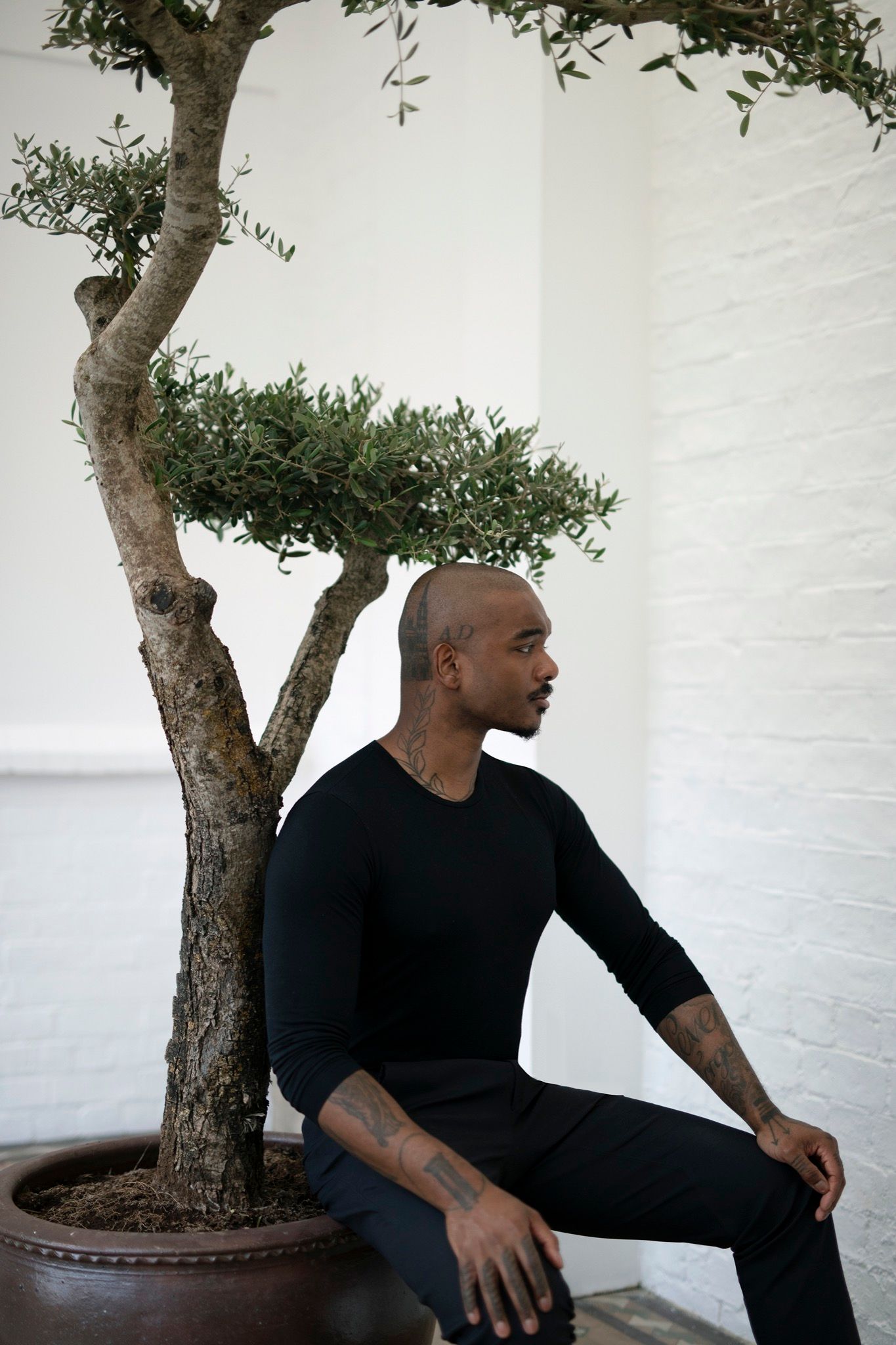
Indefinite Optimism: A-COLD-WALL*’s SAMUEL ROSS
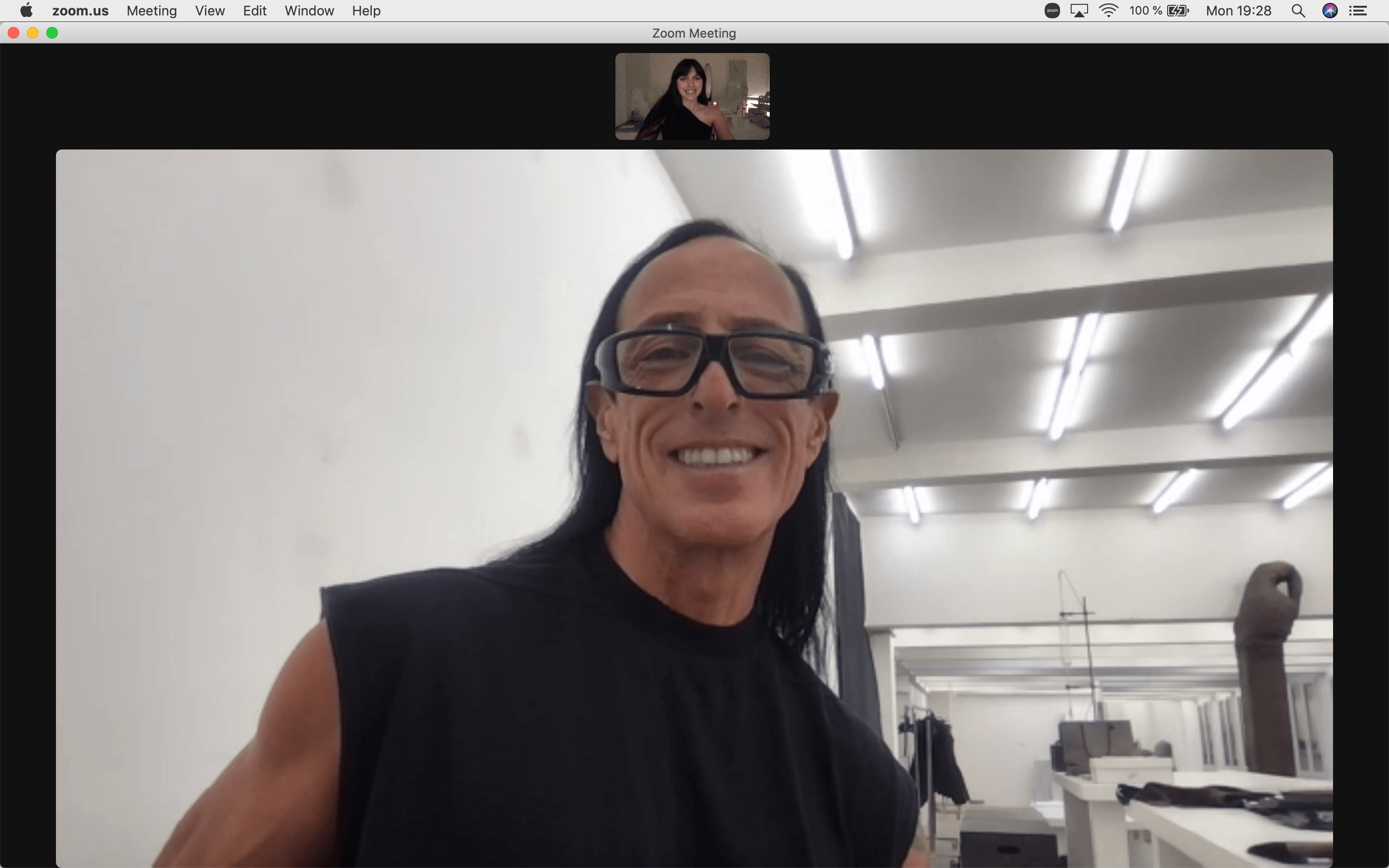
Brenda’s Business with RICK OWENS
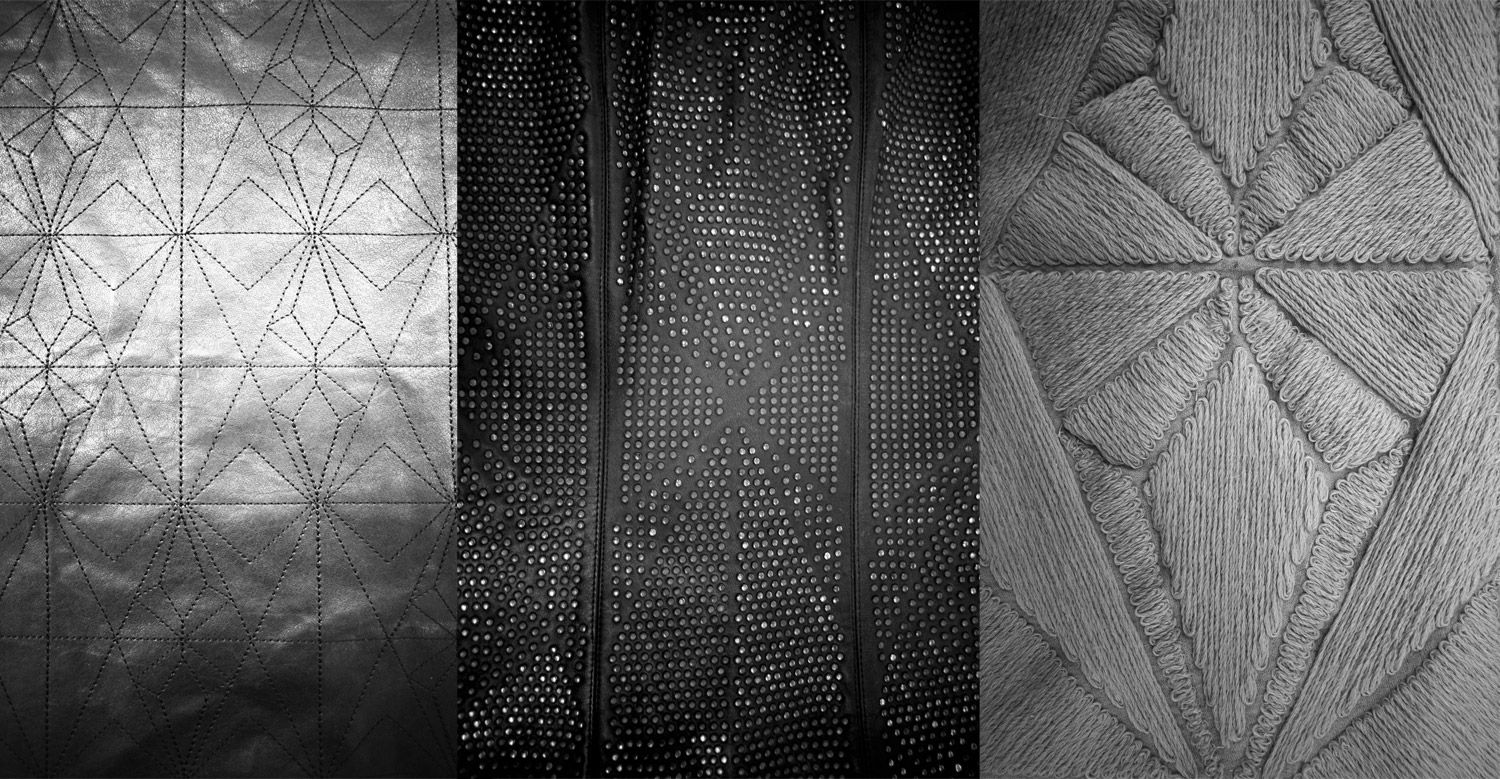
From Rags to Rags: RICK OWENS Inside Out

TO LOVE ALONE

ABC of CdG

Techwear Summit: @organiclab.zip DMs TAKA KASUGA of @arcteryx @veilance
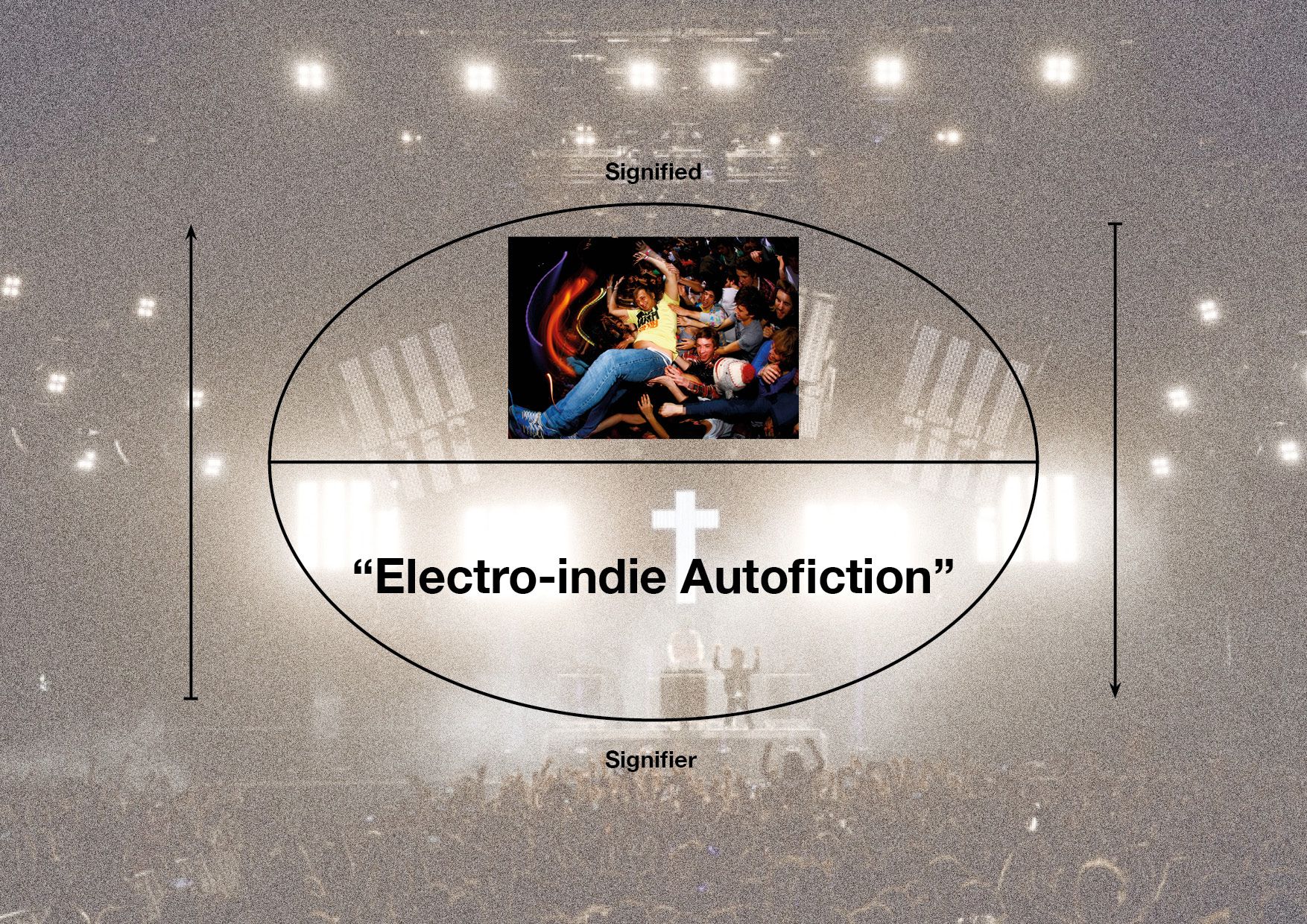
Runway Music: Electro-Indie-It-Girls